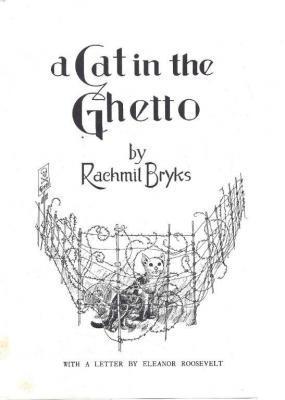What do you think?
Rate this book


164 pages, Hardcover
First published January 1, 1959
The style is wry, the characters nearly comedic in their interactions and struggles to survive and maintain some kind of dignity. Nevertheless, their humanity shows through. In the second novella, a young mother at Auschwitz (where the author ended up) tries to feed and protect her children. Here the kingdom of death lies in its brutal glory, the presentation of human evil in its fullest form, and a tragic ending. This book should be read during the Three Weeks or Tisha B'Av, the period mourning the destruction of the Holy Temples in Jerusalem.